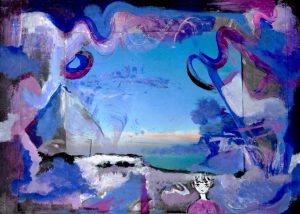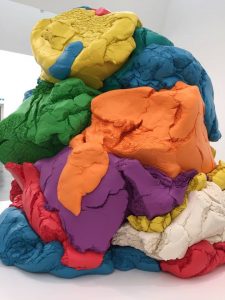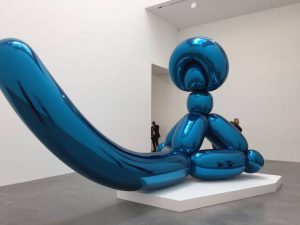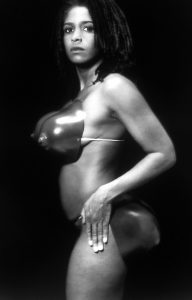Damien Hirst and Capitalism
Hirst’s iconic imagery such as the “The Physical Impossibility of Death in the Mind” 1991 more commonly known as “that shark in a tank”. It was commissioned by Charles Saatchi and was sold for an estimated 8 million since the price was not disclosed when sold.
We all know that the art world is somewhat controversial with their deciding on what the flavour of the moment is and what they wish to pay money for. I believe that to a certain extent that a capitalist society created his fortune.
Capitalism and the art world go hand in hand as many collectors pay millions for artists work.
He is estimated to be worth £215 million making him the wealthiest artist. People wonder how he has got to the position he’s in as a man from a working-class background. However, he went to Goldsmith’s which is considered to be one of the best art schools in the UK and would help him make many connections.
His work such as the “For the Love of God” 2007 had the asking price of £50 million. However it was him who asked for that amount, not the art world. So how much of his success is him being a business man or just luck? All his work in general seems to go for a high amount of money
Hirst’s art went on to make lots of money in general making people question why he made so much.
“ People always worry that money somehow tarnishes art, but I always thought it was disgusting that people like Van Gogh never made any money. It’s important to make sure that the art takes precedence over the money. Most people worry that somehow you lose your integrity. My business manager said to me a long time ago: “Always have to make sure that you use the money to chase the art and not the art to chase the money.””
Web.archive.org. (2017). DAMIEN HIRST – Article detail – Flash Art. [online] Available at: https://web.archive.org/web/20121023052349/http://www.flashartonline.com/interno.php?pagina=articolo_det&id_art=614&det=ok&title=DAMIEN-HIRST [Accessed 12 Dec. 2017].
Tate. (2017). Damien Hirst – Exhibition at Tate Modern | Tate. [online] Available at: http://www.tate.org.uk/whats-on/tate-modern/exhibition/damien-hirst [Accessed 12 Dec. 2017].








